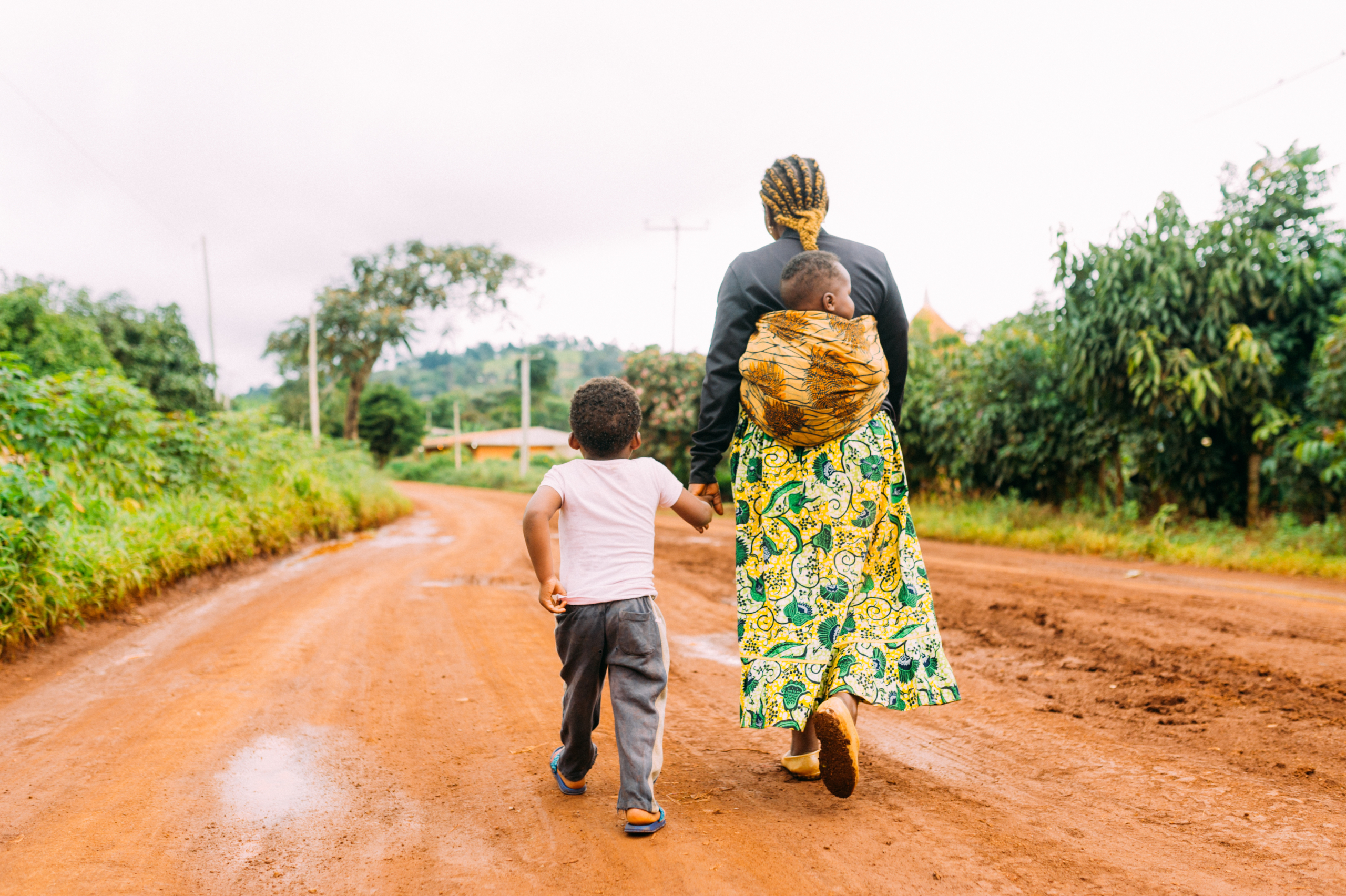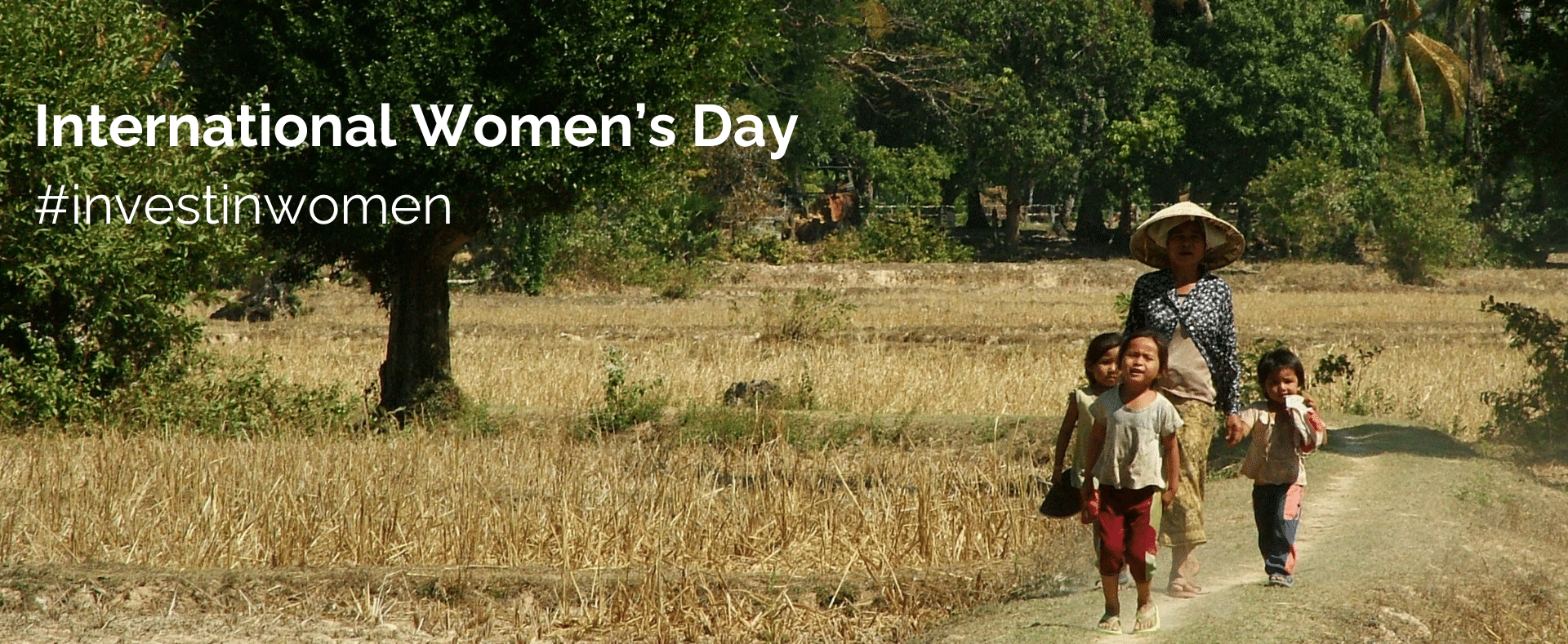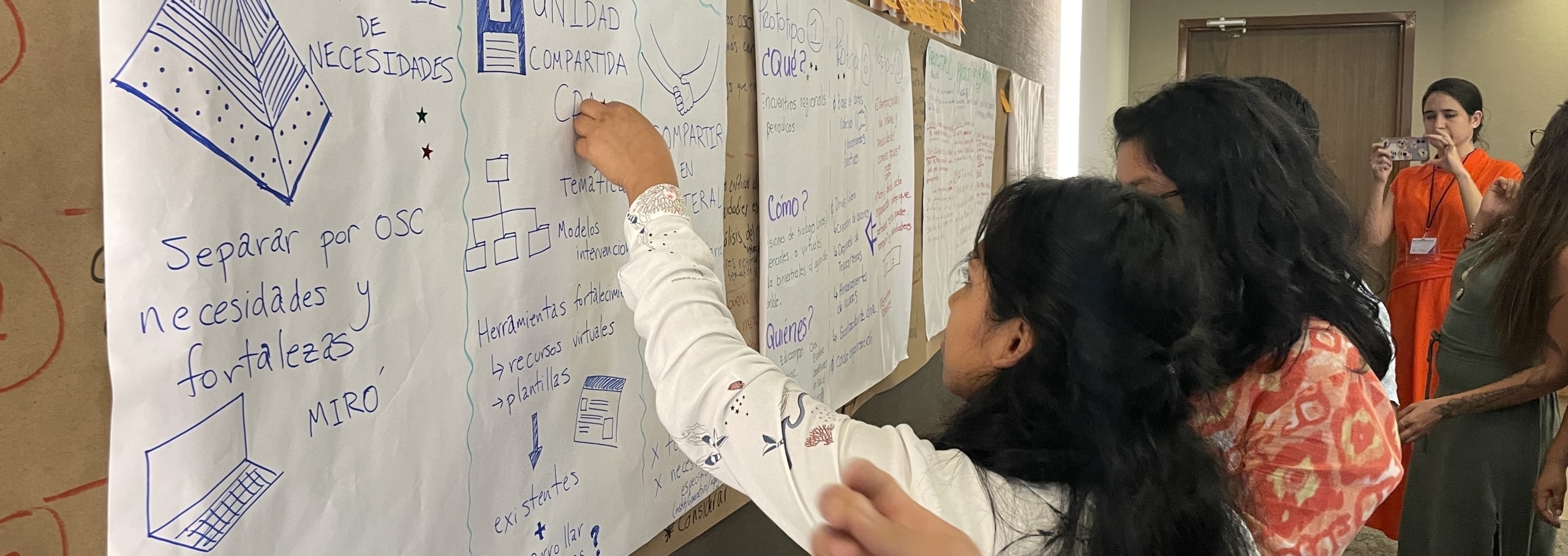By: Meredith Feenstra and Leah Ghoston
India’s maternal and infant mortality rates are among the highest in the world. Although India has made considerable reductions to mortality over the last few decades, these advances have varied significantly across states and high mortality rates continue.
To address this, the Government of India and USAID/India are working to improve Reproductive, Maternal, Neonatal, Child, and Adolescent Health (RMNCH+A).
Social Impact conducted a mid-term performance evaluation of USAID/India’s Scaling Up Interventions in RMNCH+A, commonly known as Vriddhi. Vriddhi is a $25 million project that provides technical and managerial assistance to the Indian government to improve the quality of RMNCH+A services within public healthcare facilities.
A persistent problem
Many interventions have sought to reduce maternal and infant mortality by emphasizing the importance of accessing healthcare services during pregnancy and childbirth. Historically, some programs promoted supervision of home deliveries by a skilled birth attendant or midwife. Since the introduction of the Janani Suraksha Yojana safe motherhood program in 2005, India’s health policy has pivoted toward discouraging home births and promoting safe deliveries in health facilities.
However, while institutional deliveries have increased from 43% to 83% from 2004-2014, there have not been concomitant reductions in maternal and infant deaths.
Vriddhi attempted to fill this gap, driven by the assumption that improving the quality of obstetric and newborn care in facilities would lead to reductions in maternal and newborn mortality.
Three key findings:
- Improving quality of care in the 48-hour period around birth can positively affect maternal and neonatal health outcomes. Through a series of interactive in-service trainings, Vriddhi’s “Care around Birth” strategy built the capacity of health providers to deliver high-impact obstetric and newborn interventions. These interventions focused during the most vulnerable period of labor and delivery. They effectively improved patient monitoring during labor, healthcare workers’ recognition of danger signs, and the management of complications during and after birth.
- Addressing every aspect of RMNCH+A can dilute targeted efforts to reduce mortality. Despite the value of holistic health programs, Vriddhi’s broad-reaching scope to design and scale up Care around Birth, along with interventions in adolescent and child health, family planning, and private sector engagement, was overly ambitious. Any one of these components could be a standalone project in itself, requiring considerable resources and strategy to be effectively addressed. With the focus on maternal and newborn health, programmatic attention to the other technical areas was imbalanced or lacked sufficient investment (both time and resources) to fully address morbidity and mortality. The narrow focus on maternal and neonatal health overshadowed the benefits of addressing the continuum of care from birth through adolescence.
- Supply-side improvements alone do not lead to significant reductions in maternal and neonatal death. Improving quality of care in facilities does not account for the barriers that women face in accessing healthcare. These include financial, geographical, and sociocultural factors that originate in the home and community. Education about available services and benefits that subsidize public healthcare is required to generate demand for pre- and postnatal healthcare services. Without addressing issues related to the awareness and accessibility of healthcare delivery points, the poorest and most vulnerable women will not be brought into the healthcare system. Facility-based quality improvements alone do not ultimately affect their health outcomes.
For more information, please access the final evaluation report here.









